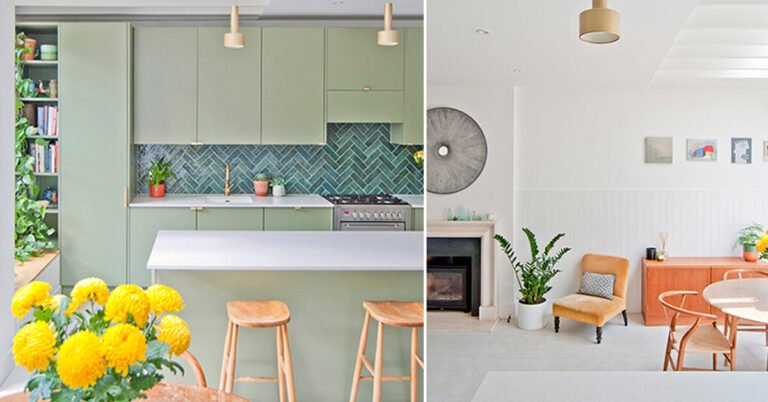Architectural styles in Saudi Arabia
Architectural styles in Saudi Arabia (Saudi Arabia):
What are Architectural styles in Saudi Arabia? Quite simply, the architectural style is a set of features and features that enable us to easily identify any building.
It may include materials used in construction or even the method of construction.
The history of the architectural style shows us that design trends change according to the beliefs, ideologies, and techniques available in each era.
While architecture continues to grow and change, some old styles and building styles are still present and prominent today.
We can see them all over the world, whether in buildings, mosques, museums, and art galleries.
Whereas the architectural style reflected the ideologies of society in the past centuries, it is now an artistic and expressive medium.
Also, each of the major cities in the world boasts a group of their own architectural styles that give a different impression than other cities.
Four distinct patterns of traditional housing can be identified in the Kingdom of Saudi Arabia.
These patterns stemmed from the reality of climate and regional variations among them, as well as from the different factors affecting these patterns, whether external or internal, but no matter how different these patterns differ and are, they all unite in the constants associated with Islamic values and local heritage.
Among the most prominent artistic models in Hijazi architecture:
It spreads in the western region of the Kingdom, where we find a hot, humid climate on the coast, which turns into a hot, dry climate whenever we head east to the interior.
This region includes cities:
- Makkah.
- Madina El Monawara.
- Taif.
- Jeddah and the regions between them.
In this region, we find that the presence of the city of Jeddah as a commercial port had a great impact on the general character of the Hijaz architecture.
As Jeddah was the center of cultural and commercial exchange between the region and the various countries of the Middle East, Asia and Europe, such exchange affected the construction technology in the Hijaz, so building materials – non-local – appeared more developed and stable and introduced more advanced building methods.
Likewise, we cannot overlook the impact of the movement of pilgrims entering the region through Jeddah from around the world, and for this reason, the architecture of this region is a natural continuation of Islamic architecture in Egypt and the Levant.
It takes a regular shape – whether rectangular or square – in cities and takes irregular shapes in rural areas.
Usually, the yard includes water pools or fountains to help soften the climate. And with the use of the yard, the external openings are reduced.
The yard, in general, is used in large houses in the Hijaz region, and it confirms the interest in the interior of the Arab residence.
Usually, the courtyard is surrounded by an ornate wall.
However, the coastal region has:
The distinctive architectural style is a mixture between the Mediterranean basin architecture and Islamic architecture. However, these imported styles have been adapted to preserve the authentic Islamic spirit and private family life.
Buildings in this region (Hijaz) rise to four, five, and sometimes seven floors, for:
In response to the hot humid climate, the height allows air to circulate through the building.
The most prominent art models in the South and Highlands architecture:
It is a model of architecture in the mountains in the southwestern region of the Kingdom, which includes:
- Aseer.
- Taif.
- Abha.
The nature of the high mountainous region and its wet climate have affected the features of architecture in the region, which differs from architecture in the rest of the Arabian Peninsula.
Among the most prominent artistic styles in Najd architecture:
It is the architecture of desert areas that characterizes the central region of Saudi Arabia.
- This region has a hot dry climate.
- This architectural style distinguishes the presence of an interior patio that not only acts as a climate conditioner but also provides the highest levels of privacy for the family within the residence.
The most prominent technical frameworks in the eastern region:
It is the architecture of the region, which has a rocky climate between dry and hot humid, near the Persian Gulf.
- The traditional housing architecture in this area is characterized by the presence of the inner courtyard as a basic element of the residence.
- The courtyard in this region takes more regular forms than in the desert areas.
Our architectural office (Ibrahim Goharji Architects) is one of the most prominent architectural offices that have a great role in applying the architectural style styles in the Kingdom of Saudi Arabia, where we work very hard in constructing buildings, houses, and villas with an authentic architectural style from the reality of the Kingdom of Saudi Arabia, and we are designing various projects in the Kingdom also Architectural style in Saudi Arabia.



